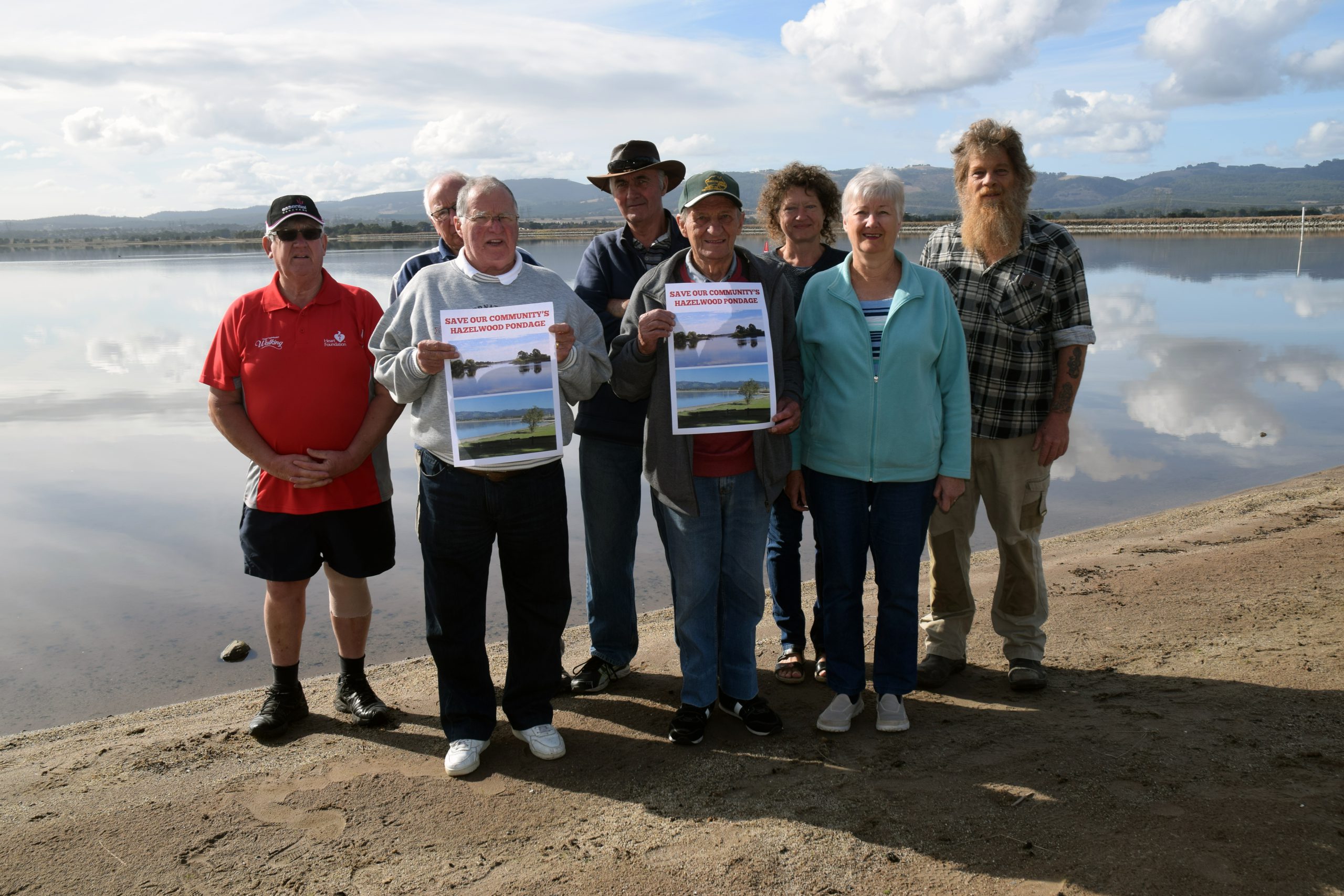STAFF WRITERS
AN inquiry into the performance of Victoria’s ambulance service has Nationals MPs alleging that Gippsland patients continue to be underserved and local paramedics struggle with an enormous workload.
The Nationals and Liberals successfully passed a motion to establish a parliamentary inquiry into the performance, workplace culture and procurement practices within Ambulance Victoria.
The Nationals Member for Eastern Victoria, Melina Bath, said there had been major issues with ambulance response times, regular ramping outside hospital emergency departments, and ongoing delays in answering Triple Zero calls.
“Under Labor, morale within Ambulance Victoria has hit rock bottom, and the service continues to be woefully under-resourced,” she said.
The Nationals Member for Gippsland South, Danny O’Brien said he was pleased that the motion was supported despite opposition from the state government.
“I recently met with local paramedics to discuss the continued obstacles they are facing every day and it is clear they are overworked and under-resourced,” he said.
“Our first responders are burnt out and frustrated at the ongoing mismanagement of Ambulance Victoria and the wider health care system within Victoria.
“One of the key frustrations is a poorly performing triage system that sees paramedics tied up with minor ailments, often leaving serious cases waiting too long for an ambulance.”
Mr O’Brien said Ambulance Victoria had been failing to meet response time targets for many years, with ambulances now left ramping outside regional hospitals becoming the new norm. In the most recent data, only 45 per cent of ambulances reached their patient within 15 minutes in South Gippsland Shire, while it was only 55 per cent in Wellington.
“This is against targets of 85 per cent,” he said.
The Nationals Member for Morwell, Martin Cameron, in a recent Facebook post, wrote that after meeting with paramedics within the local area, Latrobe Valley responders were sent to East Gippsland for emergencies as East Gippsland ambulances were fully ramped at Bairnsdale Regional Hospital, leaving the Latrobe Valley without ambulances.
“Labor is treating our paramedics like second-class first responders,” Mr Cameron said.
“The continued ramping at hospitals means paramedics are forced to sit with patients for hours, sometimes entire shifts, and can’t respond to emergency callouts. When not ramped, our highly-trained paramedics are used for non-urgent patient transport.”
He also highlighted that paramedics continuously work 18-hour shifts with equipment from the “Stone Age”.
In response, Ambulance Victoria’s Gippsland Regional Director, Ross Salathiel, said that the health system was extremely busy as seasonal illness circulate within the community. Across the state, specialised teams work together and are relocated as needed to ensure patients receive the right care at the right time.
Mr Salathiel said nights such as Friday, August 16 had a high demand where all shifts were filled. The area was serviced by paramedics, non-emergency patient transport, first responders, air ambulance and secondary triage teams who connect callers to alternative care services. These included the Victorian Virtual Emergency Department (VVED), which provides care, transport or advice matched to the needs of the patient.
“We continue to work with our partners at Triple Zero Victoria to support the call taking and dispatch process, noting that about one in five calls to Triple Zero (000) do not need an emergency ambulance response. Ambulances are always provided to patients when required,” Mr Salathiel said.
“We encourage anyone who calls for an ambulance to provide accurate information to ensure they receive the right care and allow our highly skilled ALS and MICA paramedics to be available for patients most in need.
“From April to June 2024, 41,704 people who did not need an emergency ambulance were instead connected to more appropriate care by paramedics and nurses in AV’s Secondary Triage team.
“In 2023/24, paramedics referred more than 30,000 patients to the VVED and 9574 patients were referred to the VVED following assessment in Secondary Triage.
“We encourage Victorians to consider other care pathways than hospital emergency departments or Triple Zero (000) for less-urgent matters. There are many options people can access when they need timely medical care and health advice, but not an emergency ambulance, including the Victorian Virtual Emergency Department (VVED) and Priority Primary Care Centres.”
The Legal and Social Issues Committee will inquire into these and other related matters and report back to Parliament by August 31, 2025.











